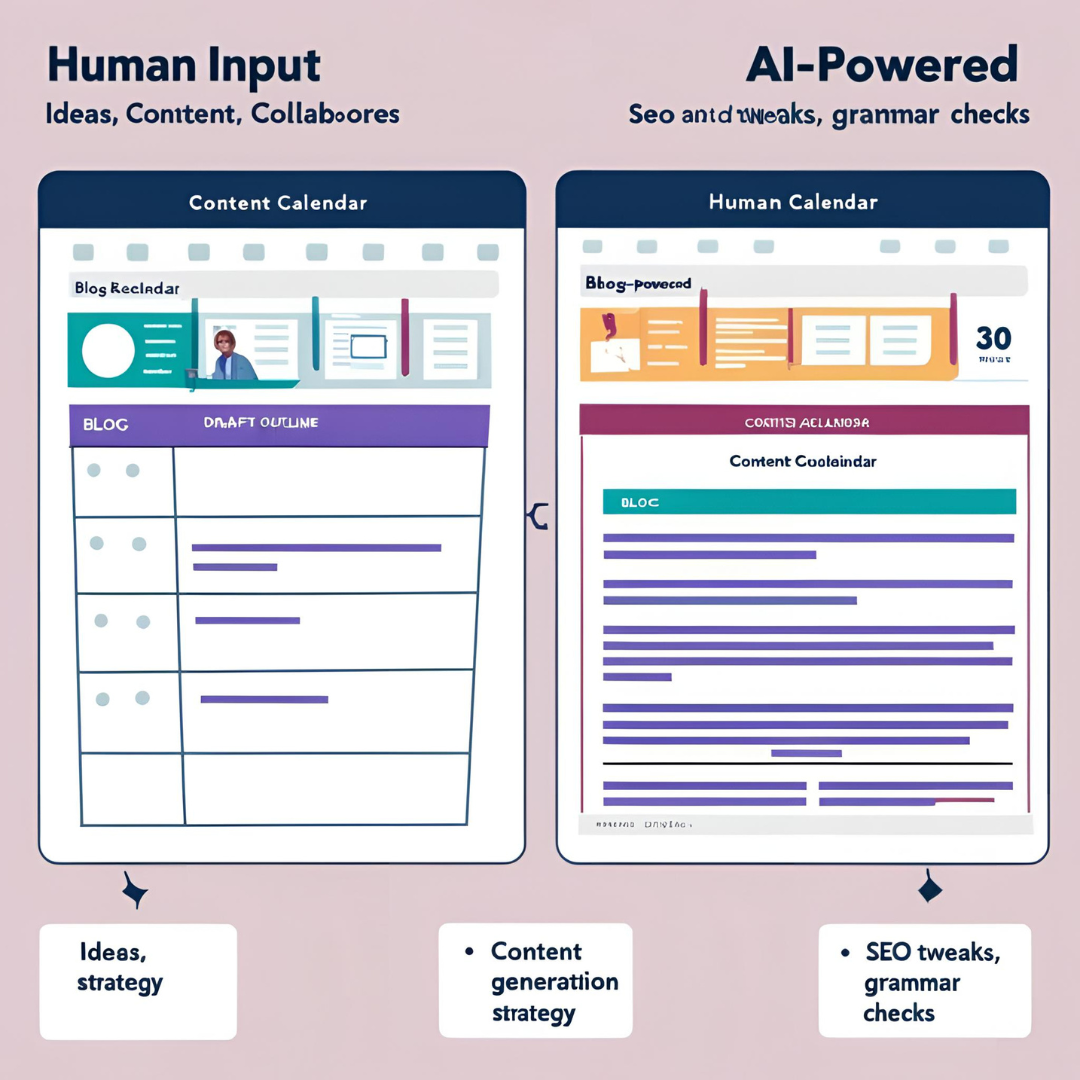Voice Search Optimization in 2025: How to Rank for Conversational Queries

Introduction: The Rise of Voice Search
“Hey Google, find me the best AI tools for SEO.”
Sound familiar? Voice search is no longer a novelty — it’s how millions interact with the internet daily. In fact, over 50% of all searches are now voice-based, and this trend is only accelerating with smart speakers, mobile assistants, and in-car systems.
So if your SEO strategy isn’t optimized for voice, you’re missing a huge chunk of traffic.
This in-depth guide will show you how to optimize your website for voice search in 2024, with a focus on conversational queries, local intent, featured snippets, and mobile SEO.
Table of Contents
Why Voice Search Matters in 2024
Key Differences Between Voice & Text Search
Targeting Conversational Keywords
Structuring Content for Voice-Friendly SEO
How to Win Featured Snippets (Position Zero)
Mobile Optimization & Page Speed
Local SEO for Voice Search
Tools to Analyze Voice Search Traffic
Voice Search SEO Mistakes to Avoid
Final Thoughts
1. Why Voice Search Matters in 2024
Over 1 billion voice searches occur monthly
71% of people prefer to use voice over typing for queries
Smart speakers (Alexa, Google Home) are now in 1 in 3 US households
Google now prioritizes conversational language in its algorithm
Translation: Voice search is no longer optional — it’s essential.
2. Key Differences Between Voice & Text Search
| Text Search | Voice Search |
|---|---|
| “AI writing tools” | “What are the best AI writing tools in 2024?” |
| “cheap hotels NYC” | “Find me a cheap hotel in New York near Times Square” |
Voice searches are longer, more specific, and conversational.
That means your content must answer real-life questions, not just target keywords.
3. Targeting Conversational Keywords
Use these formats in your keyword strategy:
“What is…”
“How do I…”
“Best way to…”
“Where can I find…”
“Top [tools/products] for…”
Tools to find question-based keywords:
AnswerThePublic
AlsoAsked.com
Semrush (Questions Filter)
Ubersuggest (Questions tab)
💡 Tip: Target long-tail keywords and build out FAQ sections to capture voice queries.
4. Structuring Content for Voice-Friendly SEO
Here’s how to make your content voice-search optimized:
Use natural language and conversational tone
Keep paragraphs short (2–3 sentences)
Use bullet points and numbered lists
Use H2s and H3s to break down content
Include a concise 40–50 word answer to the main question near the top (great for snippets)
5. How to Win Featured Snippets (Position Zero)
Voice assistants often read aloud featured snippets from search results. To win them:
Use clear formatting: tables, lists, definitions
Answer questions directly (especially in the first 100 words)
Use schema markup
Include the target query in the page title, H1, and meta description
6. Mobile Optimization & Page Speed
Voice searches happen mostly on mobile. That means:
Your site must be mobile-responsive
Core Web Vitals should be in check
Pages should load in under 2.5 seconds
Fonts should be large and readable
Avoid intrusive pop-ups
Use Google PageSpeed Insights and Search Console’s Mobile Usability report to test.
7. Local SEO for Voice Search
According to Google, 58% of people use voice search to find local businesses.
Key optimizations:
Set up and optimize Google Business Profile
Use local keywords (e.g., “best dentist in Austin”)
Add schema for location, hours, and services
Encourage customer reviews
Add “near me” variations in your content
Example:
“Where can I get a haircut near me?”
→ Add: “Looking for a top-rated salon near downtown Chicago? We’re open 7 days a week!”
8. Tools to Analyze Voice Search Traffic
While voice search data is hard to isolate, here are tools that help:
Google Search Console – filter queries with “what,” “how,” “where,” etc.
Ahrefs – look for question-based keywords with high volume
Semrush – use filters to explore voice-style queries
Surfer SEO + Frase – optimize content to match voice tone and structure
9. Voice Search SEO Mistakes to Avoid
❌ Writing robotic, keyword-stuffed content
❌ Ignoring mobile experience
❌ Forgetting to optimize for local voice queries
❌ Overlooking schema markup and snippets
❌ Not using FAQs and conversational tone
10. Final Thoughts
Voice search is here to stay — and it’s changing the way SEO works. Users want fast, clear, spoken answers. If your website content is short, structured, conversational, and optimized for mobile, you’ll win the voice search game.
Whether you’re a small business, a blogger, or a digital agency, it’s time to adapt or be left behind.






